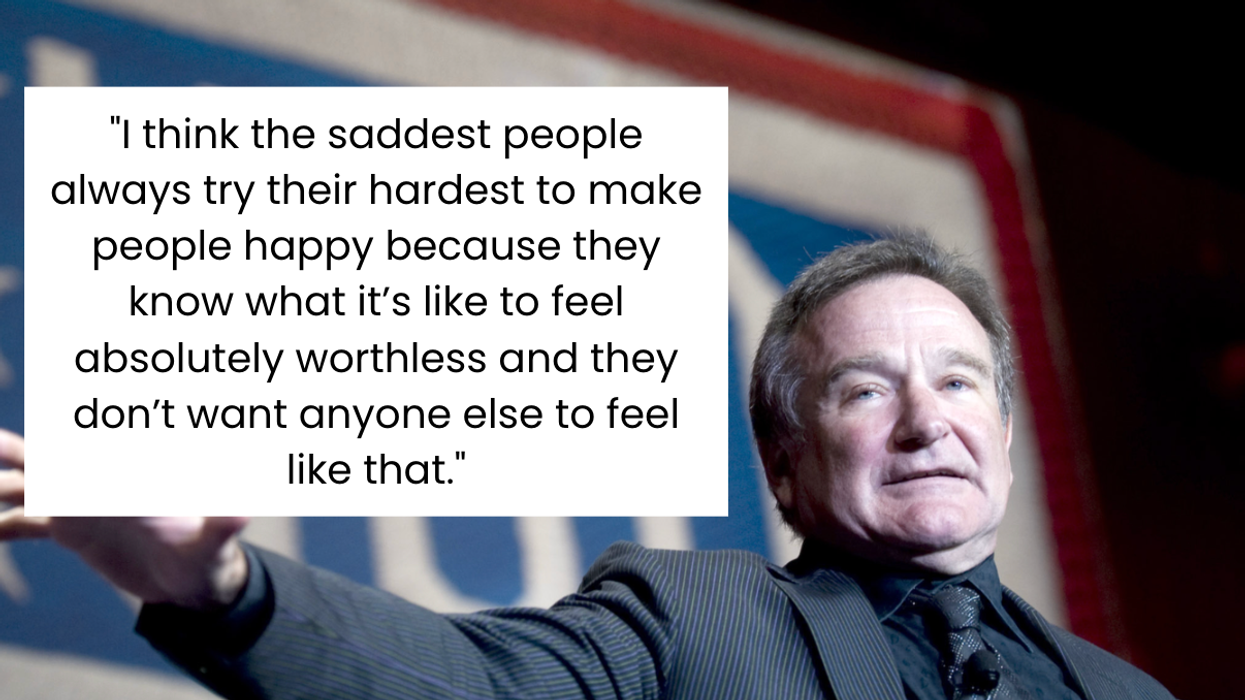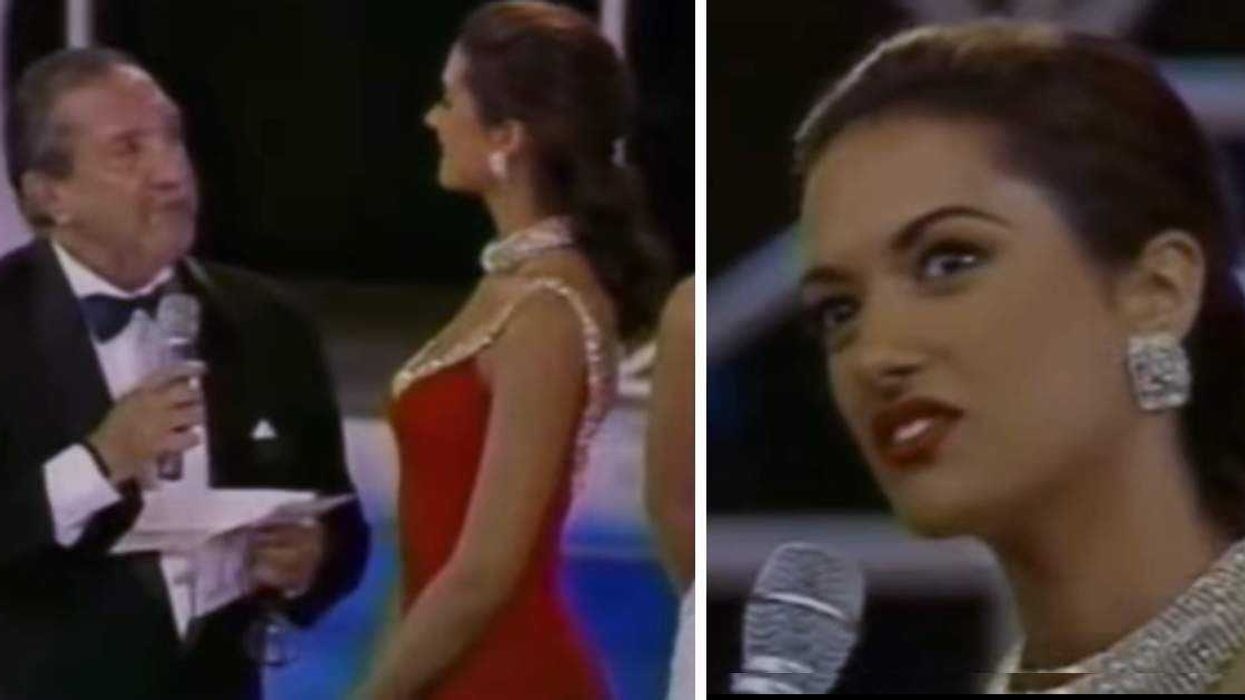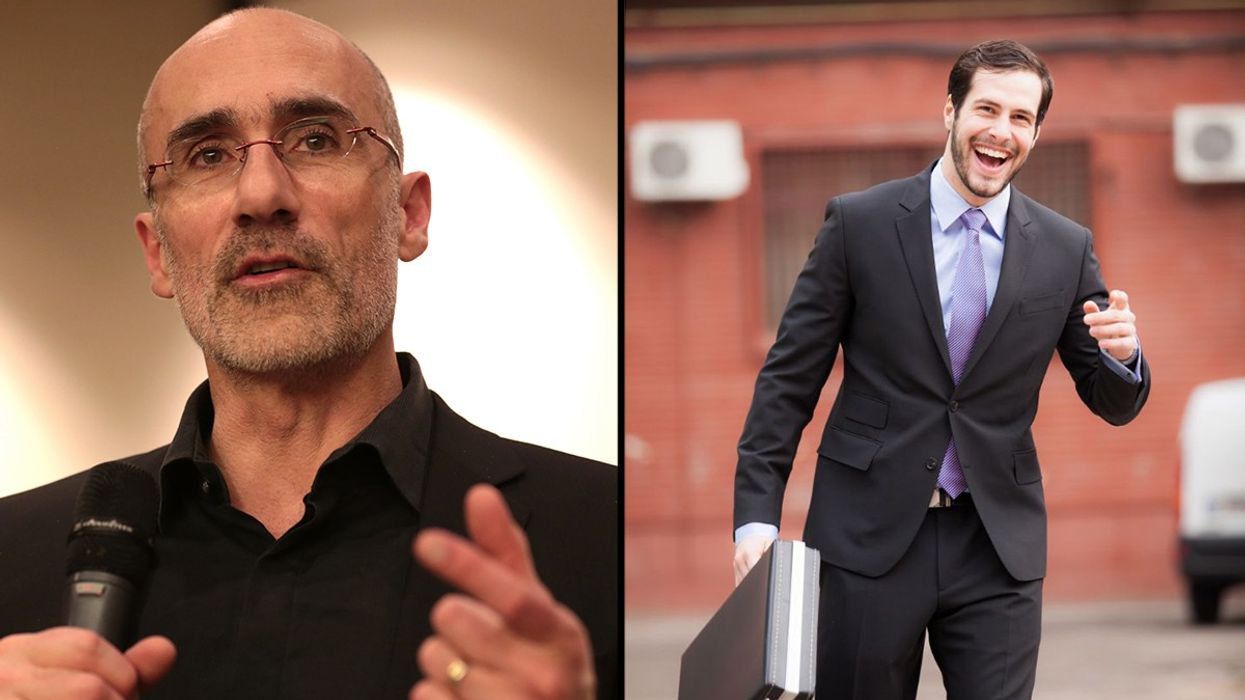The most important thing happening on TV over the past two weeks has been the five-part ESPN documentary, O.J.: Made In America. The network describes the film as, “the defining cultural tale of modern America—a saga of race, celebrity, media, violence, and the criminal justice system.”
And even though that’s a piece of marketing copy, it is 100 percent correct. The story of O.J. Simpson is the story of America, and now that it’s wrapped its TV run the series should be taught in schools.
Curriculums should be built around Made In America, and the series should be aired in classrooms alongside its fictional counterpart, the FX limited series The People Versus O.J. Simpson: American Crime Story, to demonstrate how much our media filters the information we absorb.
I remember when I first became aware of O.J Simpson. It was from the movie Naked Gun 2 ½: The Smell Of Fear. Simpson played bumbling police officer Nordberg, and I thought he was hilarious. I was also six. So when I watched live footage of his white Bronco on TV three years later, two days before my ninth birthday, I wondered why the silly man from those Leslie Nielsen movies was being pursued by police. I thought he was just doing it to be funny, because O.J. made me laugh and my parents loved The Juice. So how could he be doing something bad?
Obviously, I remember watching the trial, too. I remember Kato Kaelin, with his weird hair, and I remember wondering why Judge Lance Ito looked so tired all the time. I remember that we were an O.J. house. My parents believed in Simpson’s innocence, so I did too. Having no idea what I was talking about, I remember telling my friends at school that O.J. didn’t do it and hoped that he didn’t get punished the way so many people in my semi-rural Oregon hometown seemed to want him to.
What I don’t remember is saying what “it” was. I don’t remember talking about or even thinking about something so scary as murder. I watched a lot of horror movies as a kid, so I definitely knew what murder was, but it never seemed to come up. What I do remember is the police were the bad guys and they were picking on O.J., because the police in Los Angeles, where he lived and where the trial was being held, picked on people who looked like him all the time. That’s what my parents talked about, and that’s what they talked about on TV, so that’s what I knew.
I didn’t understand identity politics or socioeconomics or systemic racism or the history of police brutality against people of color in Los Angeles, but I remember being startlingly close to it during the L.A. Riots in 1992.
Me and my family were driving back from a trip to Disneyland when Florence and Normandie went up in flames. We were going to stay in Los Angeles for another day on our vacation, but my parents cut the trip short because of the violence. They didn’t really explain why but I remember seeing the smoke in the air. I was just annoyed vacation was over.
So when I was watching the trial as a third grader I had no idea what it meant, or how it connected to this other bad thing I saw happening in Los Angeles during my Disneyland trip. And of course I couldn’t be expected to understand all that because I was nine and growing up in a suburban area of the Pacific Northwest. But it’s a strange thing, being adjacent to history—remembering formative events in your country’s identity like they’re scenes from a movie. Things get distorted and later on you realize how porous you are to versions of the truth.
To me, Nicole Brown was a lady who left her husband and made him sad, and the man with her on the night she was killed, Ron Goldman, was something like her boyfriend, which made her husband even more sad. Other than that, she had no identity to me. The only victim I remember was O.J., so when they announced the verdict over my elementary school’s PA system, I felt personally satisfied that me and my parents were right about The Juice all along. It was Tuesday, October 3, 1995, and I was in computer lab. A woman in the front office came over the intercom and said, “Pardon the interruption: Not guilty,” and I remember hearing teachers in adjacent rooms shouting. Some were angry and others were excited. I was just pleased.
I carried my perceptions of the O.J. trial with me for years into adulthood, because when the moment passed and he went free we stopped talking about what everything meant, and why we cared so much in the first place. In my history classes we did not talk about O.J. Simpson. As soon as I started looking into it on my own I quickly wondered how in the hell this guy got away with murder when there was so much DNA evidence against him and when there was literally no other suspect for the double homicide. For the first time, I felt awful for the Goldmans and the Browns, and I felt awful for not understanding why this trial was so important.
Now that I’m 31, the cultural themes that comprise the story of O.J. Simpson connect to almost every single conversation I have every single day. Race, money, fame, identity, gender roles, the responsibility of media when it comes to representation—the saga of what made O.J. Simpson possible and how we all participated in his rise and fall are a case study in how our country fights with itself over the idea of who belongs, and what belongs to who.
Watching the trial again through Made In America and learning so much more about the man it focused on and the context in which he existed made me feel terrible once again.
I felt terrible for not realizing how important O.J.’s life and court case was to this country’s history and to its present. But at the same time, I was heartened by the fact that such a film could exist at all, that decades after the trial of O.J. Simpson laid the groundwork for modern news infotainment, the lore could be peeled back to expose the sticky, complicated truth of how we were all complicit in his creation and (self-)destruction. I was grateful that after watching it I could no longer say, “Oh, I didn’t know.”
It is almost certain that O.J. Simpson got away with murder, and his acquittal was made possible at least in part by a need to reset the scales of justice, a need for a measure of retribution against a system that spent—and is still spending—too much time abusing the rights of minorities in America. But now, with #TransIsBeautiful and #BlackLivesMatter and #LoveIsLove and #HeForShe becoming staples of the discourse around race, gender, sexuality, representation and privilege in this country, none of us can say “Oh, I didn’t know” when confronted with inequality, intolerance and hate.
In retrospect, none of us has the right to be surprised that the O.J. trial turned into a referendum on who gets to be free in the United States, and who deserves to be protected. We know what injustice looks like by now and we know better how to educate ourselves to defend against it. Made In America is essential because at first look it tells the story of O.J. Simpson, but it quickly elevates into the story of our complicated national identity. It feels ugly and sad and uncomfortable and revelatory and honest and challenging and real. And most importantly, it reminds us that—unless you’re just some nine-year-old—saying “Oh, I didn’t know” is no longer an excuse.
We know who we are, and now it’s time to better.















 Otis knew before they did.
Otis knew before they did.